Blogs
Top Tips for Buying a Database for Marketing in India
Many organisations may feel lost when purchasing a database in the intricate business-to-business (B2B) marketing world.
The test identifies a database compatible with your company objectives and meets the demands of your target market rather than simply buying a database for marketing in India. This post aims to clarify by outlining the steps involved and providing advice on choosing a database to solve your organization’s problems.
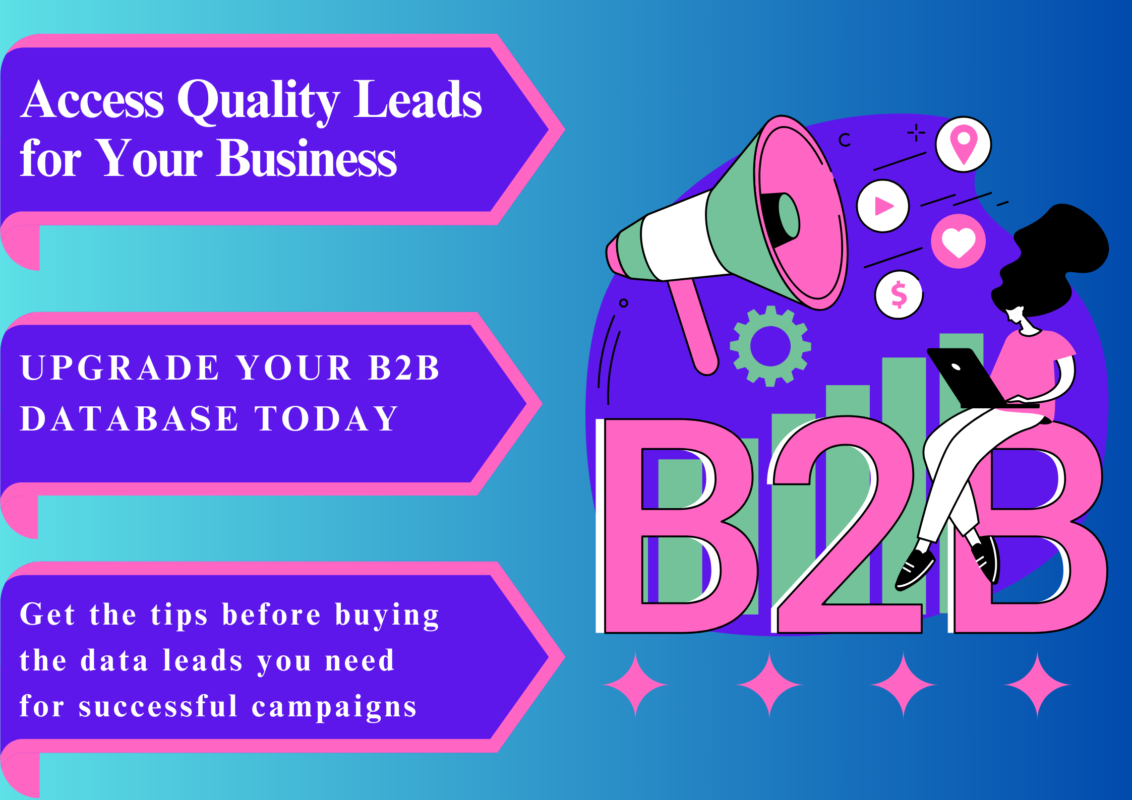
We will explore how the correct company database may be a foundation for establishing more significant and lucrative business partnerships, from boosting targeted marketing campaigns to strengthening lead creation and consumer insights.
How Can You Buy a Database? Details on Purchasing B2B Data and Its Benefits
Here are some points to follow to buy a database for marketing in India:
Specific Prospects: By investing in business-to-business data, organisations may zero in on qualified prospects keen on a specific offering. Because of this, you won’t have to spam prospective customers with emails, phone calls, or mail shots.
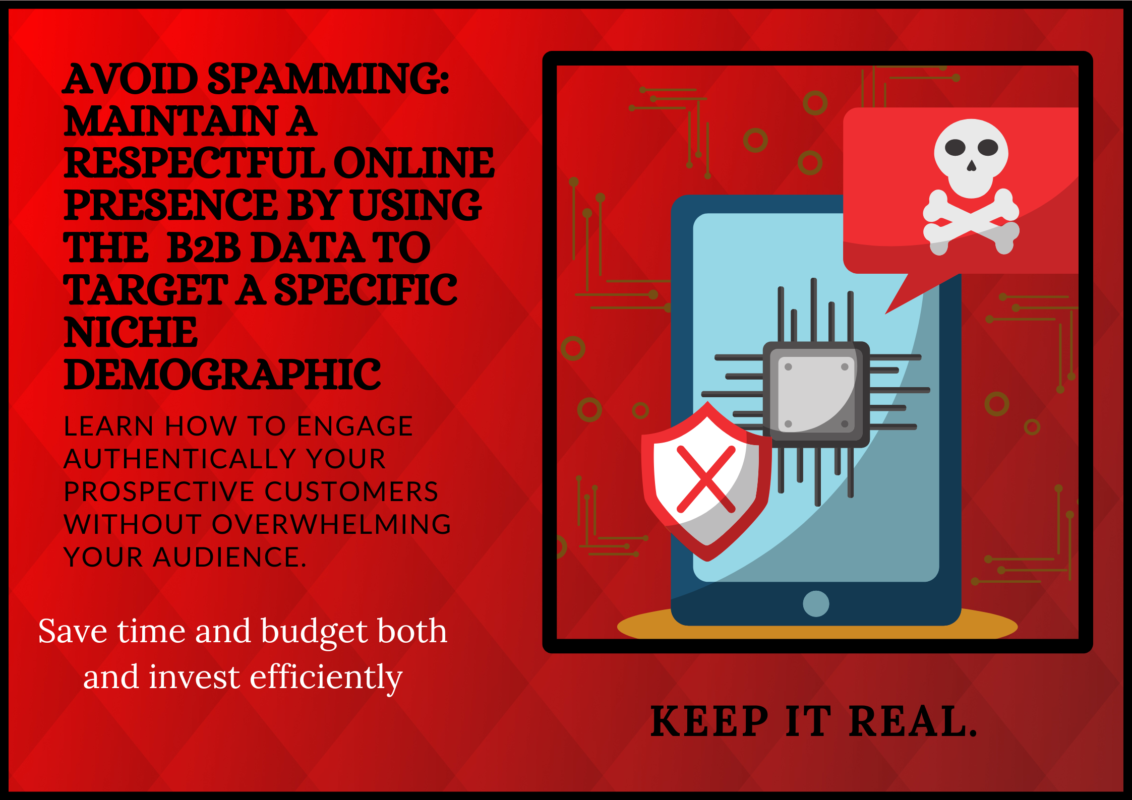
Efficiency in Cost: Companies can save a lot of money by using B2B data to target a specific niche demographic instead of using typical manual lead generation methods.
Saves Time: Buying a database for marketing in India in bulk saves businesses time and money because it is easy to get data. More prospective clients may be easily targeted in less time using this method.
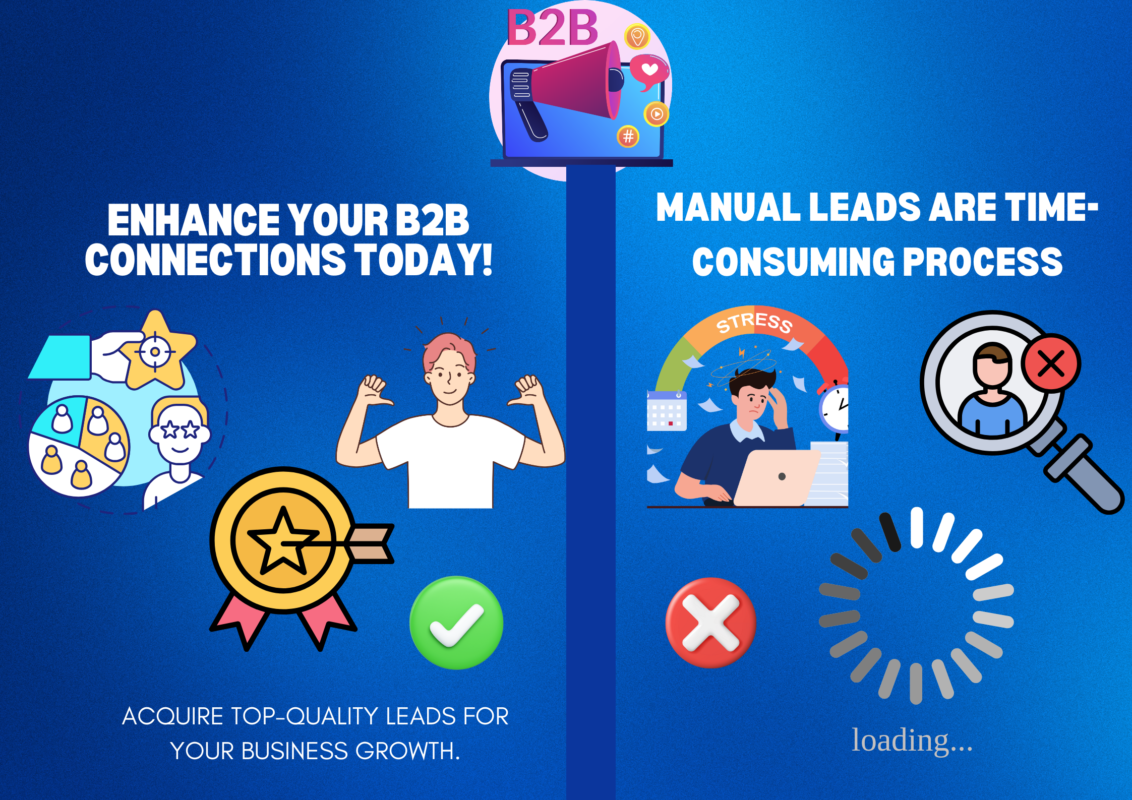
Enhanced Rate of Conversion: Companies can increase conversion rates using reliable data by creating more personalised campaigns.
Thoughtful Evaluation: To better satisfy the demands of their customers, businesses can gain valuable insights into consumer trends, demographics, and behaviours by purchasing and segmenting massive volumes of data.
Enhanced Precision: Companies should avoid sending unwanted emails to leads who have shown interest in their product or service by using more precise data to target them.
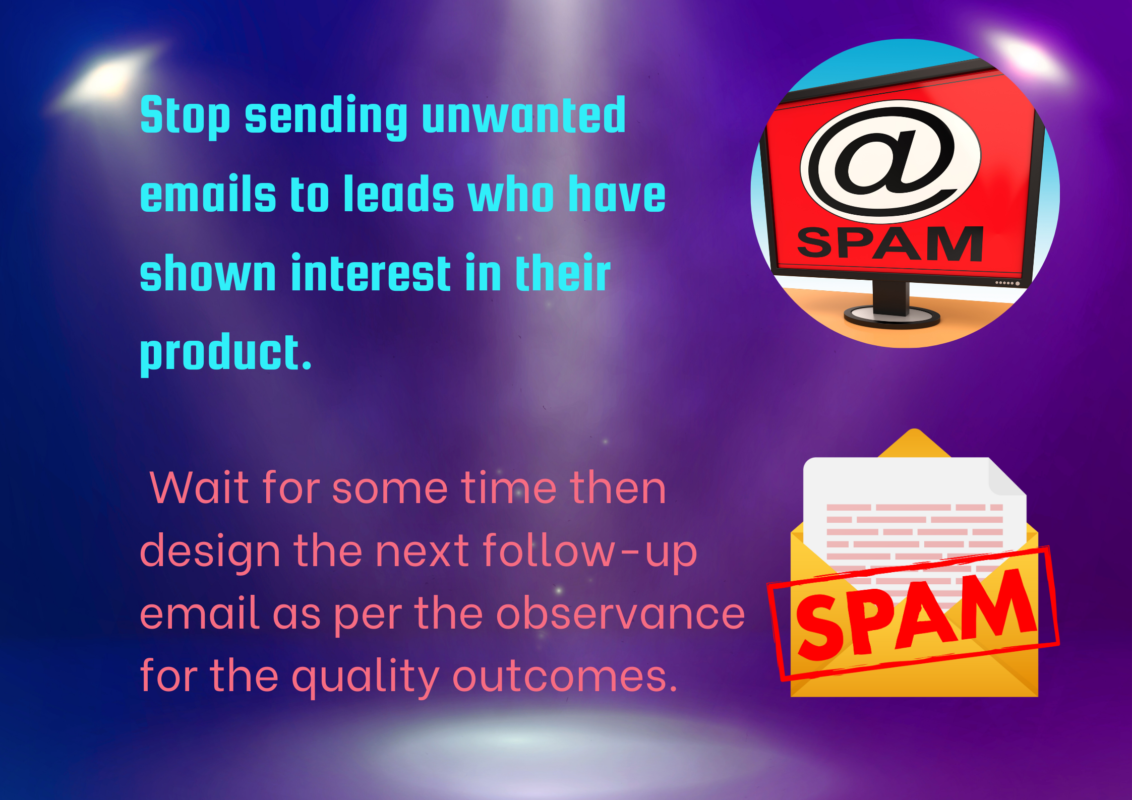
How can you choose which company database will best meet your requirements?
Here are some points that elaborate on the company database that can best meet your necessity:
Find Out What Information Is Necessary: To find out what kinds of data are required to reach your company objectives. Examples include the data’s structure (i.e., structured vs. unstructured) and the type of information it contains (market research, customer or business intelligence
Be Aware of B2B Data Sources: Look into the many kinds of business-to-business (B2B) data sources and how to access them. You can buy specialised data from several sources, including databases, research companies, and associations.
Check Data for Accuracy and Update: The data must be current and correct, so verify its source. Additionally, verify that it has been adequately validated and is dependable.
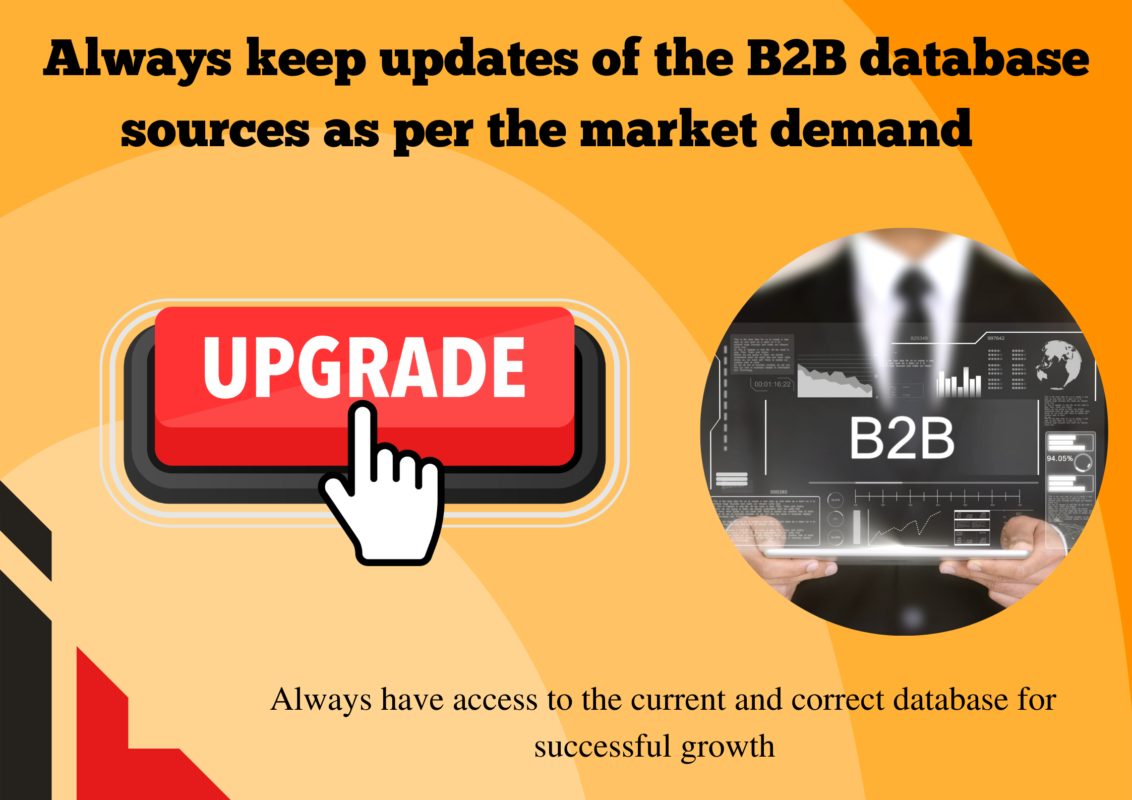
Check the Data for Your Needs: Verify that the data is complete, accurate, and in the correct format for your company’s needs. For instance, if you’re seeking client information, double-check that it includes correct details like name, address, phone number, etc.
Perform Pre-Use Data Testing: Before utilizing or investing in the B2B data, ensure it is tested. Accuracy, relevance, and comprehensiveness should all be checked throughout the testing process.
Choose a Data Delivery Method: Both digital routes, such as APIs and online services, and more conventional ones, including postal and faxing, provide access to B2B data sources. Find the approach that works best for your company.
Keep Your Information Safe: Implement suitable safeguards, such as firewalls, antivirus software, and encryption, to protect your gathered data. Furthermore, make sure that only approved persons may access the data.
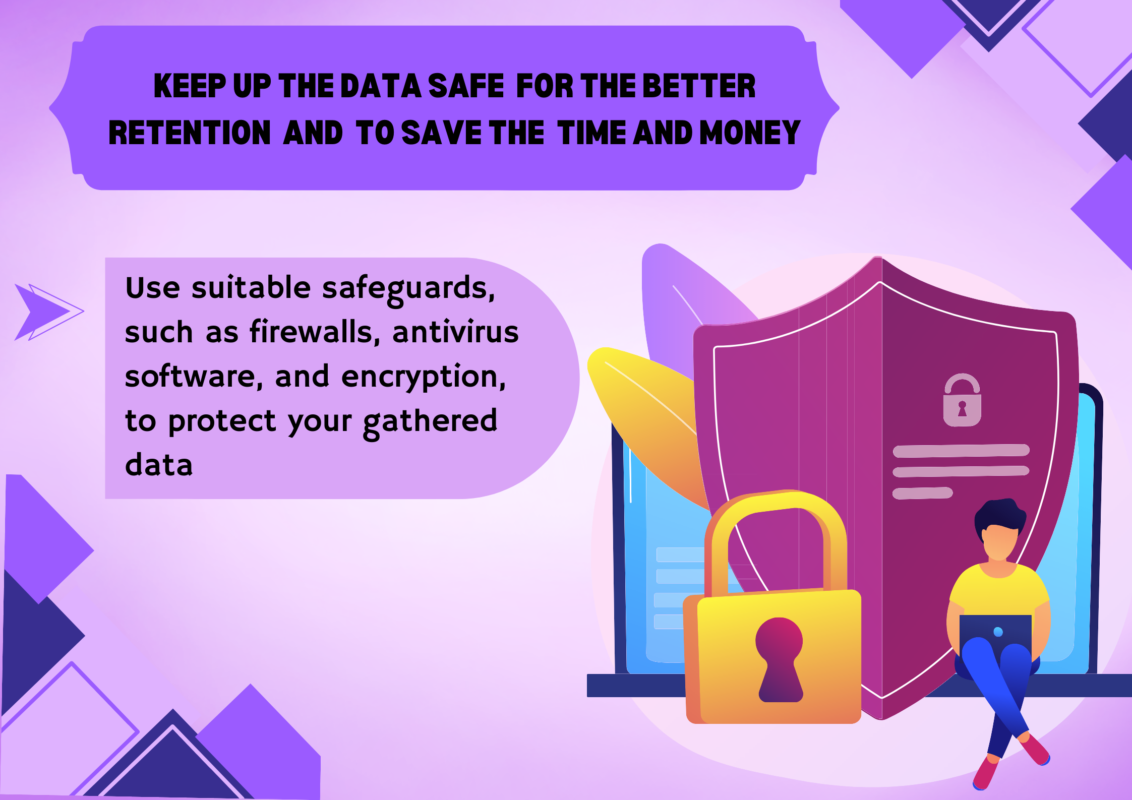
How can you keep your company’s database up to date?
Change the all India database contact details: The contact information in your business-to-business database should be current at all times. To accomplish this, one can import the necessary data from a customer relationship management system or public sources or contact the consumer by phone or email to verify their contact information.
Make new contacts: Get in touch with potential new clients, business associates, and investors. Contacts should be categorised when purchasing marketing datasets. Sort your connections according to valuable information about your company, such as client type, geography, interests, etc.
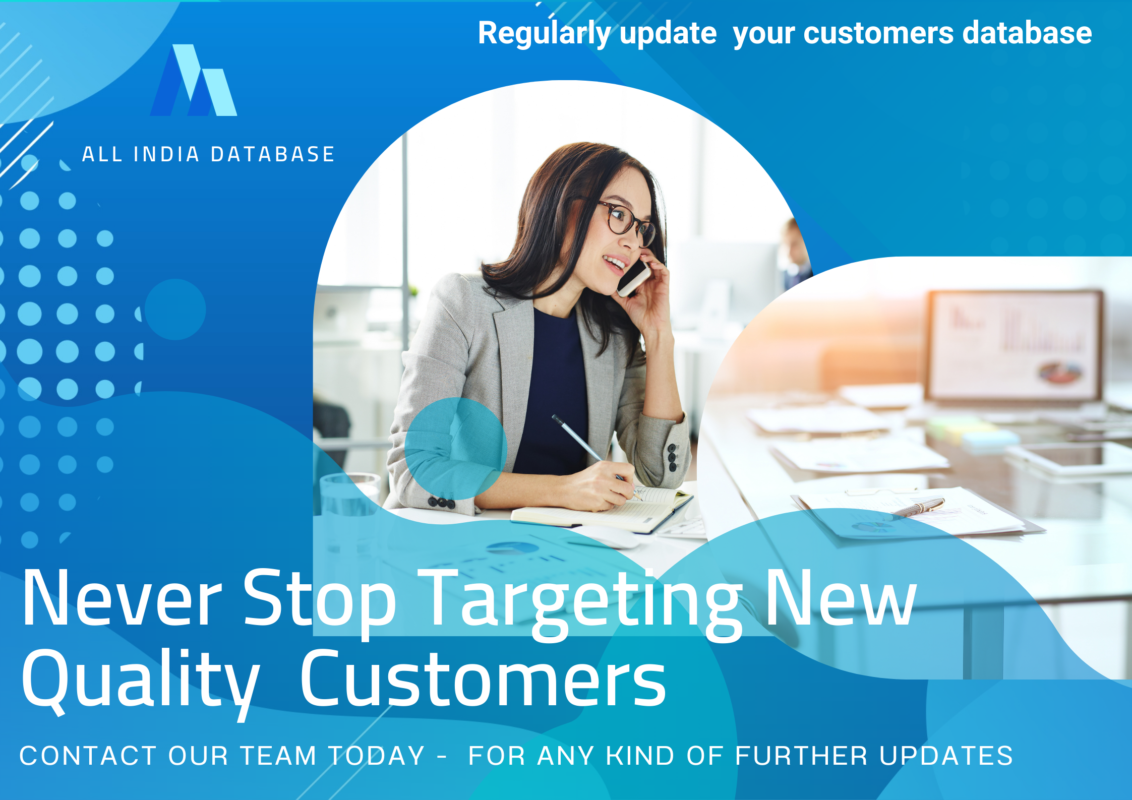
Backup data: Verify that you have a safe backup of your data. Choose a backup option to access online, in the cloud, or on your computer. Keep an eye on the numbers when you purchase marketing databases. Make sure the records are accurate and that you routinely monitor your data.
Monitoring of usage: Find out who is accessing the database and monitor your usage.
Assess progress: Check the database’s performance and make any necessary changes or updates.
Consider client comments: Conduct surveys, interviews, and other forms of gathering client input regularly; use this information to refine your B2B database.
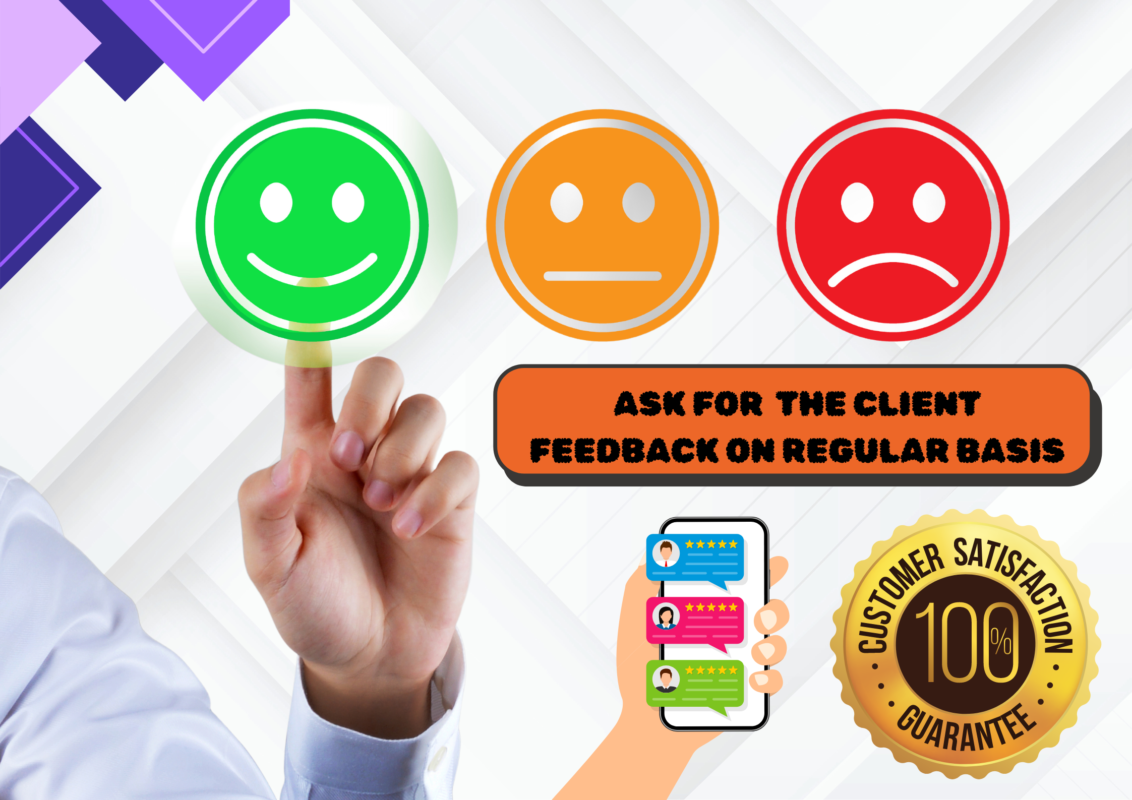
Streamline operations: Investigate automation solutions that can improve your data management workflow to save time and effort.
Many methods exist for dividing up a list of companies. Among the most typical requirements are:
Marketing Database Segmentation: What to Look for Before Buying
Vertical or Industry: If you classify companies according to their industry, you can better target their problems with a unique message to their sector.
Company Size: The needs and budget of a firm can be influenced by its size, which the number of people or annual revenue can measure.
Geographic Location: Any location, from a country to a city or even a zip code, will do. Many businesses find that localisation is a powerful selling point.
Purchase History: If you can access this information, you can use it to gain insight into prospective purchases by analyzing purchasing patterns.
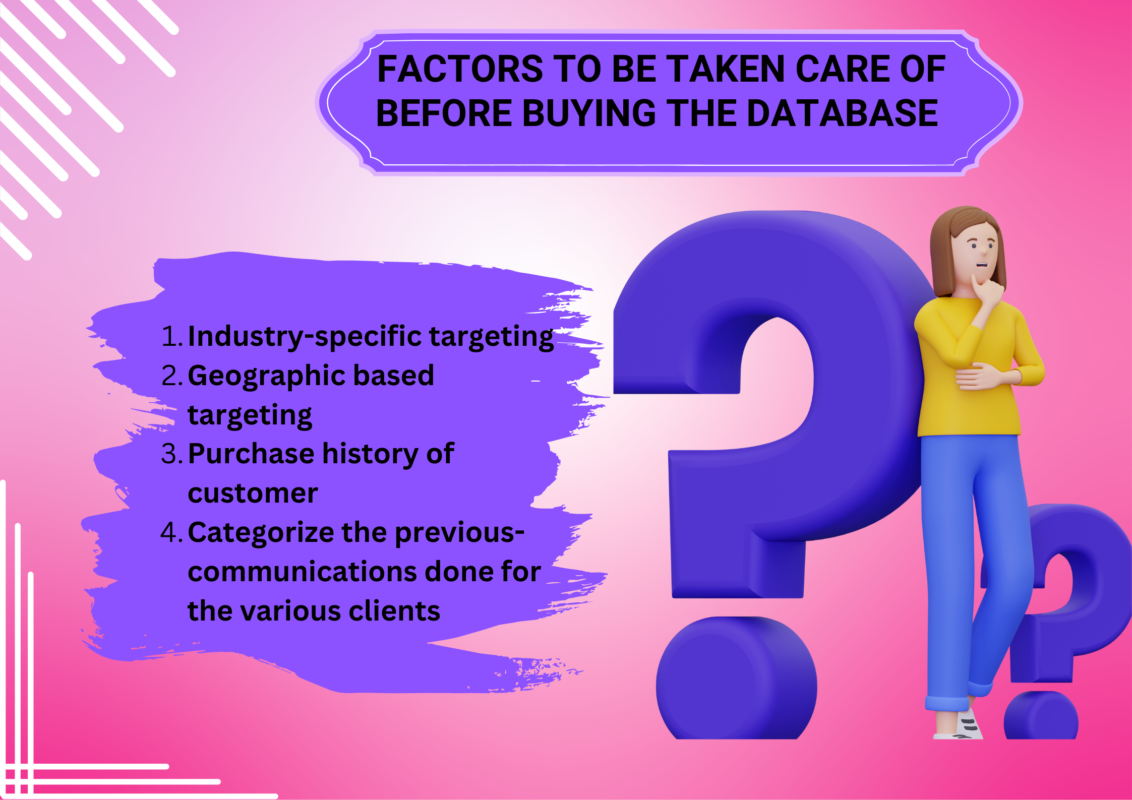
Level of Engagement: Categorise companies according to how they responded to your previous marketing communications (emails, webinars, etc.).
Sales Cycle Stage: At what point should a company receive specific messages in the sales cycle? This depends significantly on whether they are a new lead or nearing the end of the buying process.
Building Robust CTAs for Business-to-Business Emails
Calls to action (CTAs) connect the material you’re sending in business-to-business (B2B) emails to the desired action you want the reader to take. Your call to action (CTA) is crucial in turning a reader into a buyer, whether advertising a new product, giving a discount, or urging receivers to think about buying a database for marketing India. Here, we’ll get into the process of creating captivating calls to action for your business-to-business email marketing initiatives.

Stay Straight to the Point: Time is of the essence for decision-makers in the business-to-business sector. Direct the reader to do the desired action with an unambiguous call to action (CTA). “Discover the Benefits of Buy Database for marketing in India” or “Download Our B2B Marketing Guide Now” might be better choices than “Learn More.”
Make Use of Verbs That Affect Change: Act on the call to action. Make use of action verbs like “Grab,” “Discover,” “Start,” and “Join” to convey a sense of excitement and urgency. For example, instead of just saying, “Try Now,” it might be more beneficial to say something like, “Start Boosting Your B2B Sales Today!”
Draw Attention to It: Your call to action (CTA) should stand out among the many components of your email. Make sure it stands out by using contrasting colours, big fonts, and enough white space surrounding it. Ensure your CTA stands out from the rest of the email if it outlines the benefits of buying a database for marketing India purposes.
Provide Worth: What makes your call to action (CTA) so appealing that the reader should click on it? Emphasize the advantages they’ll experience. If you’re selling a database for marketing, highlight the possible return on investment (ROI), the amount of time saved on lead creation, or the calibre of the leads they’ll receive.
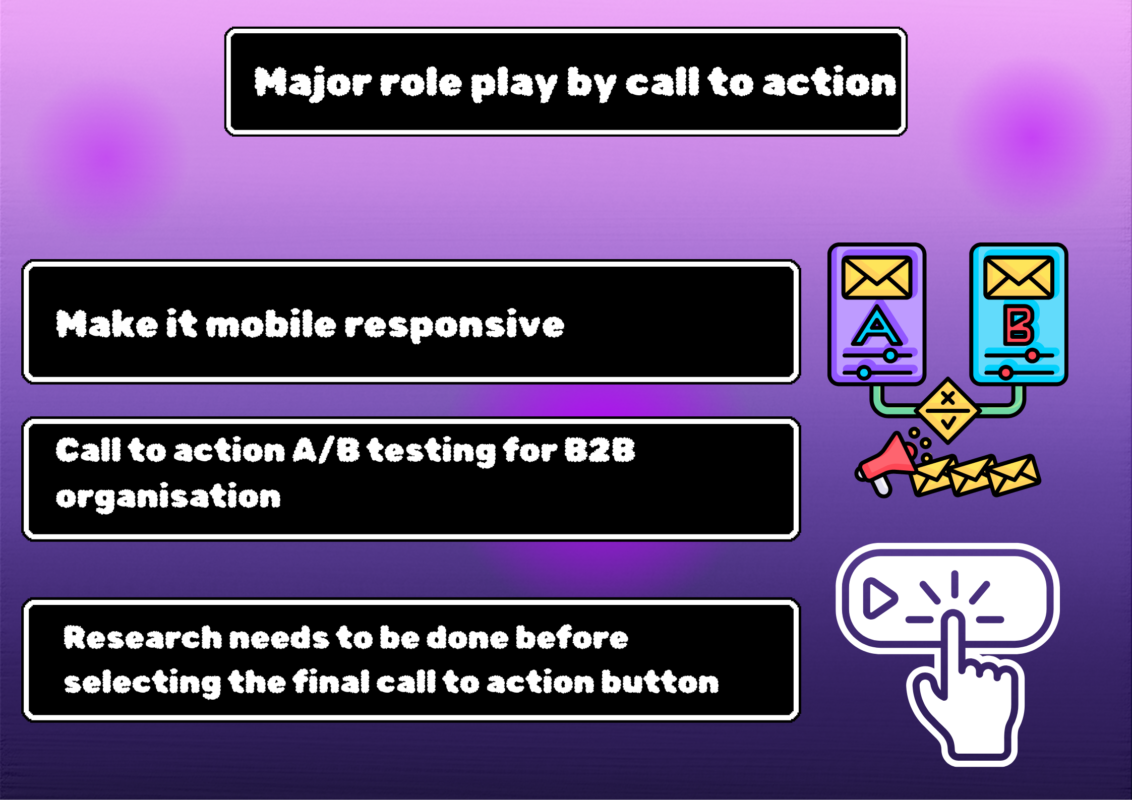
Make It Feel Like There’s Time: The introduction of time-limited incentives or the emphasis on limited availability should prompt rapid response. Catchy call-to-actions like “Don’t miss out! This deal is ending soon!” or “Be among the first to purchase our database for marketing!” can entice people to take action.
Evaluate and Fine-Tune: A call to action’s efficacy may differ according to your target market, your business’s nature, and even your email’s aesthetics. Keep an eye on your click-through rates by A/B testing various calls to action regularly.
Make It Mobile-Friendly: Quite a few B2B decision-makers check their emails while they’re on the move. Make sure your call-to-action buttons are big enough to be touched on mobile devices and visible even on smaller displays.
Minimise Options: While it’s tempting to provide a variety of calls to action (CTAs), such as “Learn More,” “Contact Us,” and “Buy Now,” doing so might be confusing and distracting for the reader. Make buy database for marketing India your prominent CTA if that is your main objective.
Conclusion: If you have more queries about buying a database for marketing in India, please contact the All India Database. So, contact us today for more support. The science and art of crafting a compelling call to action coexist. You need to know who you’re writing for and what you want to accomplish and be willing to test and tweak your approach often. A well-crafted CTA may significantly increase conversion rates and drive success in your B2B email marketing campaigns, whether you’re offering a new software solution, a consultation service, or the advantages of buying a database for marketing.